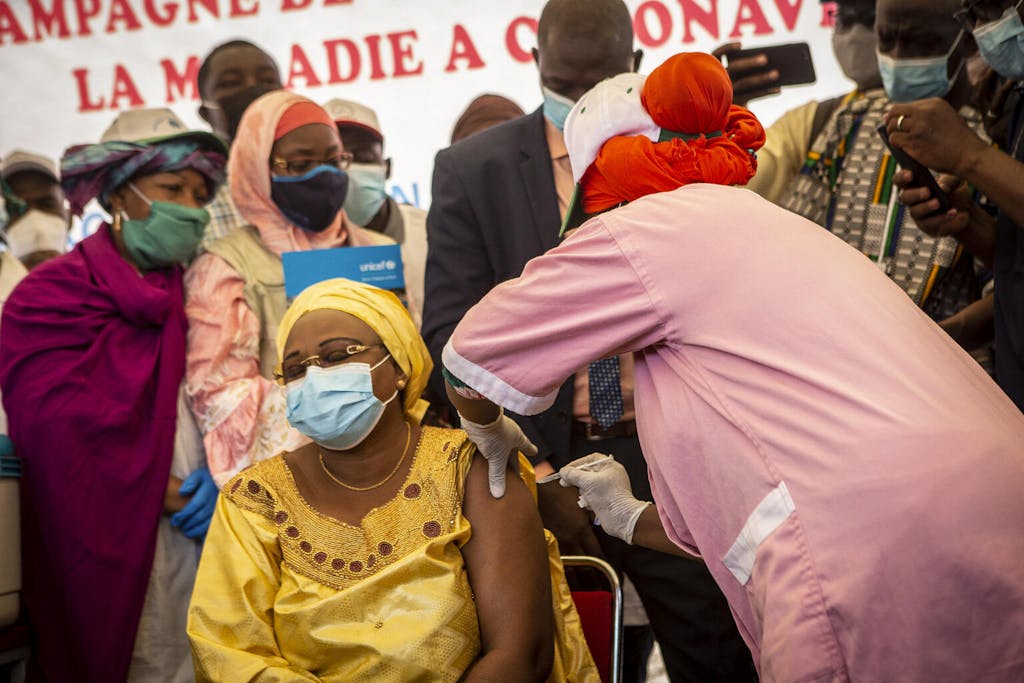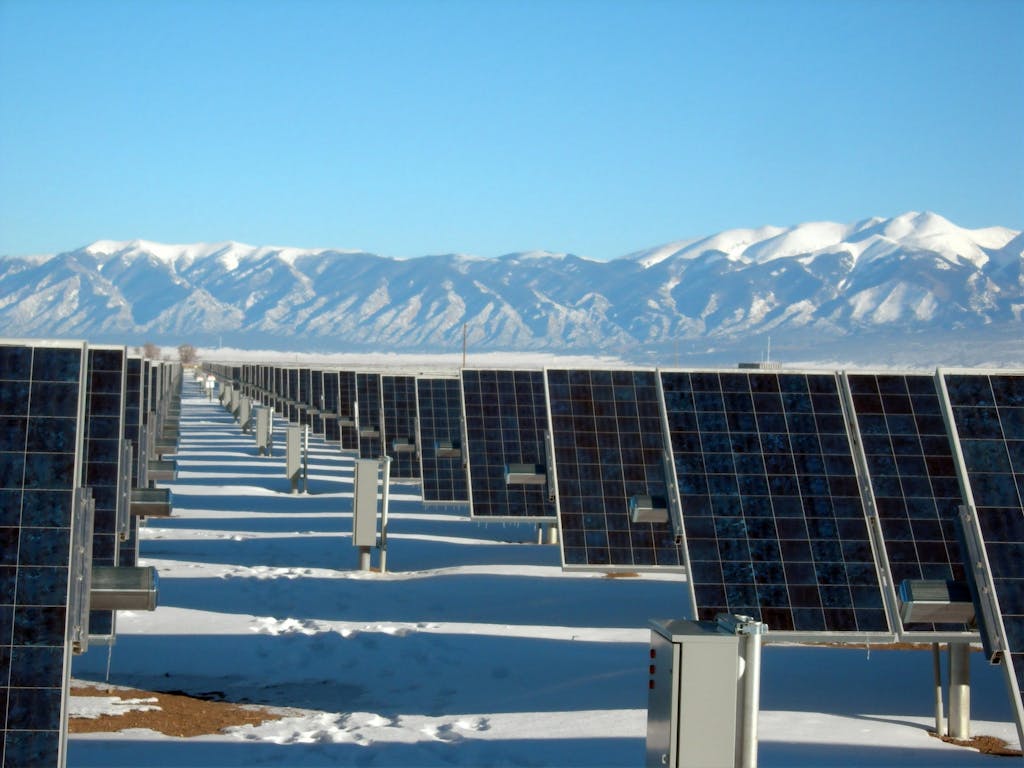Against a backdrop of millions of COVID-19 vaccines being administered and economies on stronger footing, the recent World Bank and International Monetary Fund (IMF) Spring Meetings underscored a different reality for many: that recovery is uneven and unequal.
Too many countries and people are being left behind. COVID-19 vaccines are still a privilege that is unavailable for much of the world. More than 100 million people were pushed back into extreme poverty last year, and that is likely to increase this year. And vast economic and social inequalities, including the digital divide, mean that economic growth is not benefiting those most in need.
The world is at risk of a diverging recovery that puts lower-income countries and people who have suffered the worst effects of the pandemic on a slower, more difficult path forward. Choices made today can ensure everyone gets a fair shot, as IMF Managing Director Kristalina Georgieva framed it — a shot in the arm, a shot at a strong recovery, and a shot at a better, more sustainable future for all. That was the central challenge of the Spring Meetings.
Here are three ways the world’s economic and development leaders are thinking about this challenge:
Getting the world vaccinated makes economic sense
No economy is secure until all countries can control the coronavirus through vaccination. With lower-income countries lagging far behind in access and distribution, leaders and decision-makers participating in the virtual Spring Meetings emphasized that the virus does not respect borders and they fear new mutations may undo the progress made. That’s why, “this year, next year, vaccine policy is economic policy,” according to Georgieva. “It is even higher priority than traditional tools of fiscal and monetary policy.”

And equitable vaccine access makes financial sense. The IMF found that if the virus is controlled sooner through faster global access to the vaccine, economic growth could produce more than $1 trillion in additional tax revenue in advanced economies by 2025, more than paying for itself.
Coinciding with the Spring Meetings this year, the world also marked World Health Day. The World Health Organization (WHO) Director-General Tedros Adhanom Ghebreyesus used the occasion to push for global solidarity and sharing from all countries, saying the lack of political will is the largest bottleneck to vaccine access. As part of this, the World Bank is committing $2 billion in financing to help 40 developing countries improve access to the vaccine by the end of April.
All countries need a path toward economic and social recovery from COVID-19
While advanced economies have poured trillions into relief and recovery, lower-income countries have limited resources to address the immediate crisis, ensure decades of progress on poverty and development are not reversed, and build a resilient recovery.
The IMF estimates that low-income countries need $450 billion through 2025 to recover from the pandemic and catch up with efforts in advanced economies. Much of this will need to come from the international community. As a welcome step, G20 countries added their support for a new allocation of $650 billion in IMF Special Drawing Rights, a type of reserve asset that can enhance liquidity and access to foreign currency for low-income countries. Funds could be distributed as soon as this summer after final approval from the IMF Board of Governors.
Dealing with countries’ high burden of debt is another important challenge. Compared to advanced economies, lower-income countries have fewer tools to buffer their rising debt levels. The burden of servicing this debt is high. Many countries spend more on debt repayment than on health care, education, and other domestic priorities, which limits their ability to recover stronger.
Solutions require a comprehensive approach to debt from all creditors, including the private sector. G20 countries announced they would continue to suspend debt service payments for 73 low-income countries through December. While this is a positive step, fewer countries have requested relief than originally expected, citing fears that it would limit their ability to secure future funding. Furthermore, not all creditors are participating. Private creditors continue to demand full repayments, and China has only partially participated. Development leaders, including from the UN, World Bank, and IMF, have called for a more comprehensive, long-term approach that also reaches the middle-income countries that need it.
Now is the time to transition to a green economy
During the meetings, U.S. government officials were much more central to climate discussions than in recent years, led by the Biden administration’s Special Presidential Envoy for Climate John Kerry, who said the green transition will be the biggest economic transformation since the Industrial Revolution.
Green economies present enormous opportunities for growth and development. But there is risk of a future divergence where richer countries accelerate to a new green economy while the rest are left behind without the benefits. Ensuring all countries can take advantage of this transition is crucial. Speakers stressed the need to help developing countries meet their climate goals at the same time as their development objectives. They also called on wealthier countries to deliver on their pre-pandemic promise of $100 billion per year to help developing countries adapt.

It is an all-hands-on-deck moment. Earlier this month, the World Bank announced a new Climate Change Action Plan where it commits to align all operations with the Paris Agreement by 2023 and have climate financing account for 35% of its total. Alok Sharma, the UK’s appointed president of the COP26 climate summit in Glasgow in November, welcomed this commitment but called on the World Bank to “step up support to countries’ transition away from fossil fuels,” saying its decisions today will decide the shape of economies for decades.
Overall, the Spring Meetings offered collective agreement on the many challenges facing the world and made some positive steps toward addressing them. But more action is needed. With less than a decade left to achieve the Sustainable Development Goals, limited years to bend the curve on emissions, and the coronavirus not yet under control, time is running out to give everyone a fair shot, one that ensures an inclusive and green future for all.
Featured Photo: World Bank



 View All Blog Posts
View All Blog Posts

